Fall is such an exciting time for children. The weather is changing, as the excitement of summer settles down to comforting routines and warm cozy evenings, and the holidays are visible in the distance, shining with wonder! Just the same, Fall preschool explorations are busy and bustling with excitement for the changing season, and all that is to come. Our toddler classrooms have much enjoyed getting into the swing of the classroom routine, and are developing relationships with one another that are exciting! As the students gain comfort and confidence in themselves and one another, curiosity and industry begin to emerge.
In our sage classroom, outdoor play serves as the perfect catalyst for children’s curiosity. In the midst of their play, children are able to cultivate their own discovery and exploration of nature’s countless elements. The students’ leaf exploration project started from a simple outdoor activity of collecting items inside buckets; an activity meant to purely develop fine motor skills and persistence. However, as the children started to take inventory of all the things in their buckets, Ms. Rachel noticed that a lot of the children collected leaves. Each child picked up a leaf from their bucket and proudly showed it off to their friends. One of the children said, “Look! This!” “That’s called a leaf. Can you say leaf?”. As the children tried to repeat the word, our new project was born.
As the days passed, each outdoor time period led to more leaf collecting. As their collection grew, the students took the leaves inside and started to make leaf collages using contact paper. As the children placed leaves on the contact paper, the different kinds of leaves in the diverse collection were discussed, and it was noted that while most of the leaves were green, some of them had yellow and red. One of the children lifted a large leaf and exclaimed, “Whoa, big!” The children continued exploration with leaves through use of dough over the following days, as they were able to poke their leaves into the dough, press them down to create a pattern, stand them up to study, and explore from a new perspective.
Meanwhile, in the Rosemary classroom, the children are most enjoying the discovery of new lessons on the shelves. One new work that has been of peaking interest is watercolor. The children begin with a watercolor lesson using one color only so that they can fully engage in each step of their watercolor lesson. The steps involve much concentration, coordination, and attention to detail. While it may seem rudimentary to an adult, there are actually quite a few steps involved in this process:
- Take the watercolor work carefully to a table, balancing all the way.
- Remove empty jar with lid from the table and take to the sink to fill with water.
- Once filled, place the lid back on to prevent spills, then bring back to the table.
- Remove lid and set aside.
- Pick up brush, and dip brush first into water.
- Dip wet brush into the water color tablet.
- Wipe the wet, colored brush on the paper.
- Repeat as desired.
- Utilize available sponge for any spills or puddles.
Then, as the children progress, more colors are added to make the lesson more interesting, complex, and multidimensional. At this point, color mixing and brush techniques can be explored, along with art history studies on famous artists, paintings, and notable techniques. The children have recently graduated from painting with primary colors, to practicing mixing primary colors to make secondary hues. Additionally, they have enjoyed inspiration from the simple brush strokes of Georgia O’Keefe and the vibrant colors and impressionist pictures of Vincent Van Gough!
Art is a prime method for children to develop their fine motor skills, as well as (ironically) a sense of order, as there is a place and method for everything initially. Water color is a wonderful starting place for art based work, because as it begins with a concrete method, it evolves into opportunity for open-ended activity. Watercolor then becomes one of many ways that children may express themselves creatively and emotionally. Through use of different color and strokes, they can express feeling without word.
Please visit the Sage and Rosemary room documentation boards to see how the classrooms’ project work has evolved along with the students so far this semester!
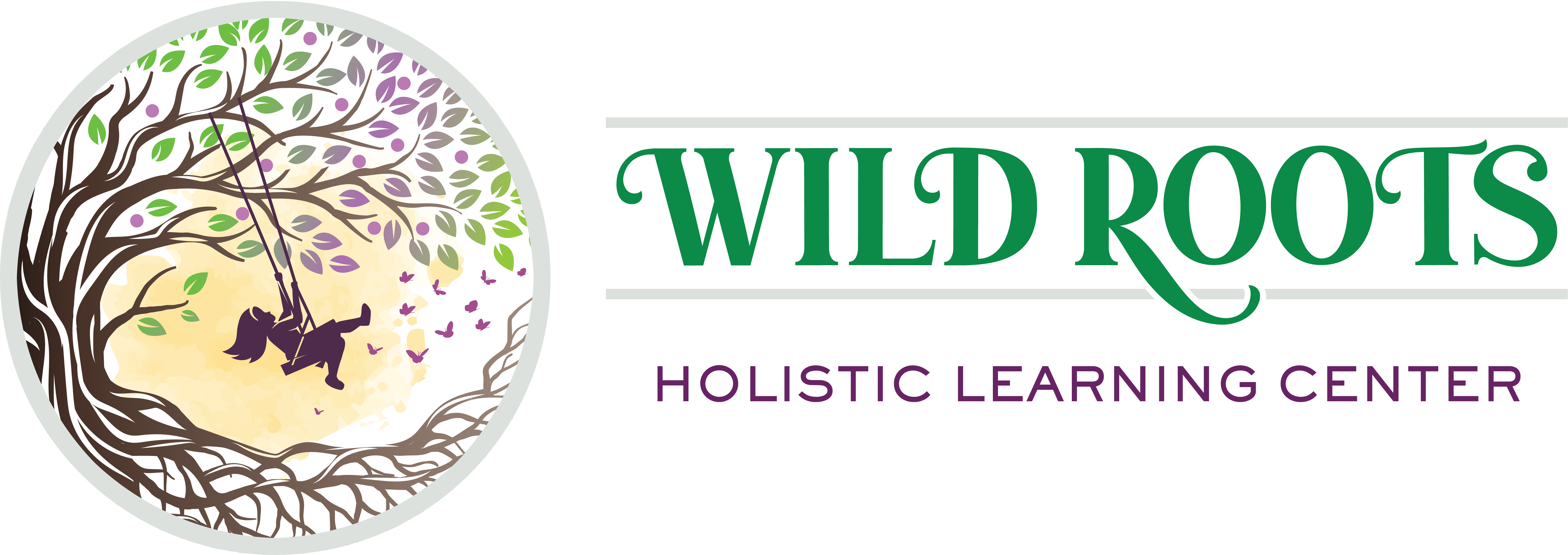
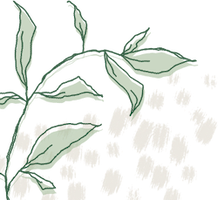
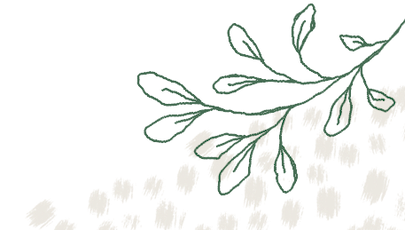

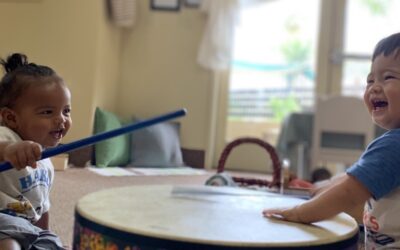
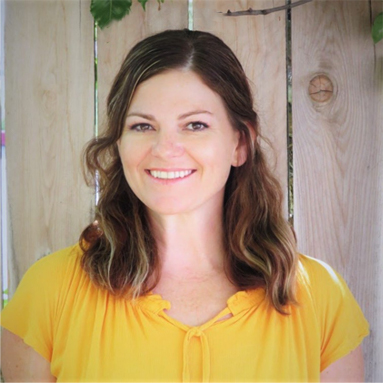
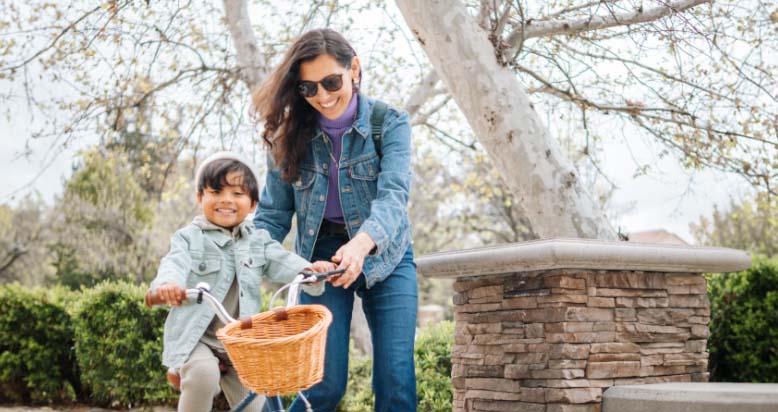
0 Comments